Section Quercus Rank Species | Genus Quercus Scientific name Quercus stellata Higher classification Oak | |
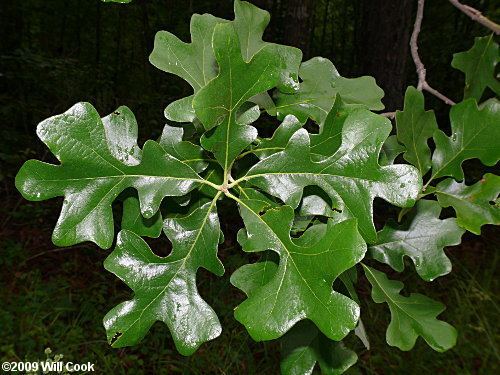 | ||
Similar Oak, Quercus marilandica, Quercus falcata, Quercus velutina, Quercus nigra | ||
Quercus stellata (post oak, iron oak) is a North American species of oak in the white oak section. Quercus stellata is a slow growing oak that lives in dry poor soils, and is resistant to rot, fire, and drought. Interbreeding occurs among white oaks thus many hybrid species combinations occur.
Contents
- Introduction
- Description
- Taxonomy
- Varieties
- Similarity to Quercus alba
- Distribution and habitat
- Uses
- Fire ecology
- References

Introduction
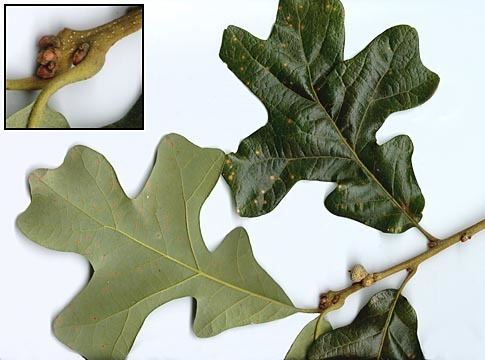
Quercus stellata is native to the eastern and central United States, and found in all the coastal states from Massachusetts to Texas, and as far inland as Nebraska. It is identifiable by the rounded cross like shape formed by the leaf lobes and hairy underside of the leaves.
Description
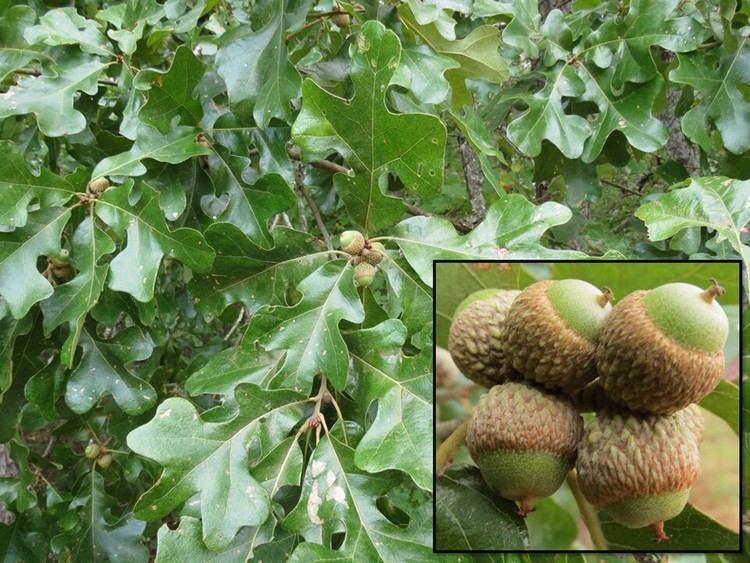
Quercus stellata is a relatively small tree, typically 10–15 meters (33–50 feet) tall and trunk 30–60 cm (1–2 feet) in diameter, though occasional specimens reach 30 meters (100 feet) tall and 140 cm (56 inches or 4.7 feet) in diameter. The leaves have a very distinctive shape, with three perpendicular terminal lobes, shaped much like a Maltese Cross. They are leathery, and tomentose (densely short-hairy) beneath. The branching pattern of this tree often gives it a rugged appearance. The acorns are 1.5–2 cm (0.6-0.8 inch) long, and are mature in their first summer.
Taxonomy
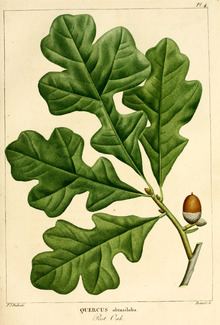
The specific epithet "stellata" is latin for "star" it is named this because the trichome hairs on the bottom of the leaves, are stellate or star shaped. There are several variants of Quercus stellata named by American botanist Charles Sprague Sargent. The variety most recognised by the US forest service is Q. stellata var. paludosa Sarg (Delta Post Oak)
Varieties
var. margarettiae (Ashe) Sarg.
var. paludosa Sarg.
var. boyntonii (Beadle) Sarg.
var. anomala Sarg.
var. attenuata Sarg.
var. araniosa Sarg.
var. palmeri Sarg.
var. parviloba Sarg.
var. rufescens Sarg.
Similarity to Quercus alba
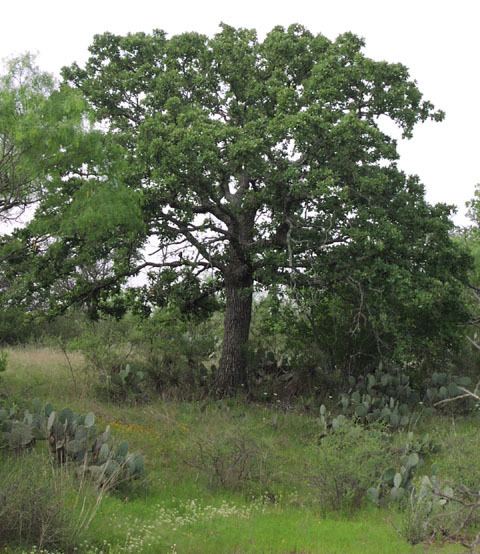
They are both in a section of Quercus called the white oaks. In the white oak section Quercus stellata is sister taxa with the Quercus alba. Quercus stellata is sold and distributed as white oak. One identifiable difference between the two trees is that Q. stellata is 'hairy' on the underside of the leaf.
Distribution and habitat

Quercus stellata is found in southeastern America, in the coast states from Massachusetts, to Texas, and inland to Iowa. Normally found at the edge of a forest It typically grows in dry sandy areas, deficient of nutrients.
Uses
Because of its ability to grow in dry sites, attractive crown, and strong horizontal branches it is used in urban forestry. It is resistant to decay so it is used for railroad ties, siding, planks, construction timbers, stair risers and treads, flooring, pulp, veneer, particle boards, fuel, and its namesake fence posts. It is used for wildlife food for deer, turkey, squirrels, and other rodents, but because the nuts contain tannin it is toxic to cattle.
Fire ecology
Quercus stellata has evolved to survive fires by having thicker bark. Quercus stellata is useful for fire surveys where the tree rings are used to get a fire history of an area. A tree ring survey of 36 Quercus stellata in Illinois provided a 226-year tree ring record that indicated that many Q. stellata persisted through annual fire return intervals of 1.44 fires/years for over one hundred years.
